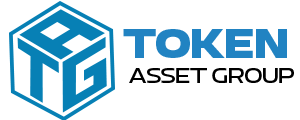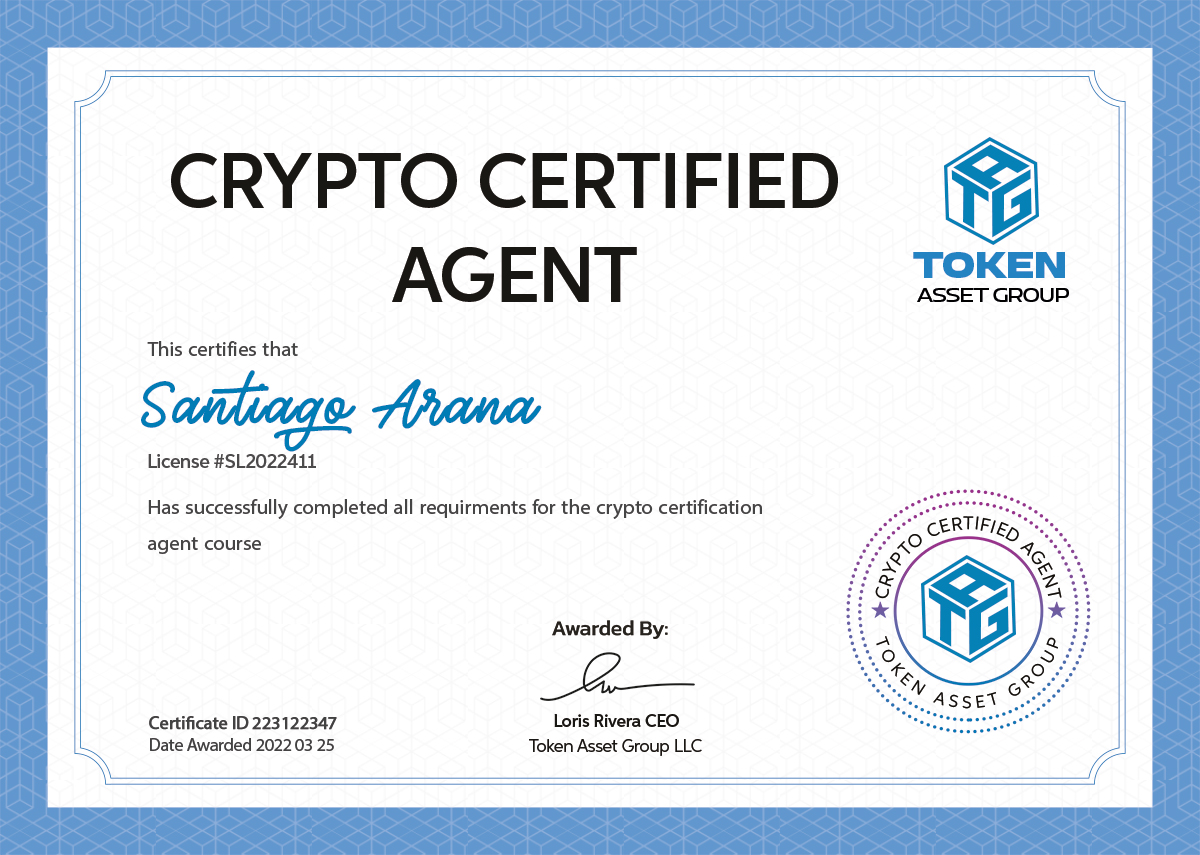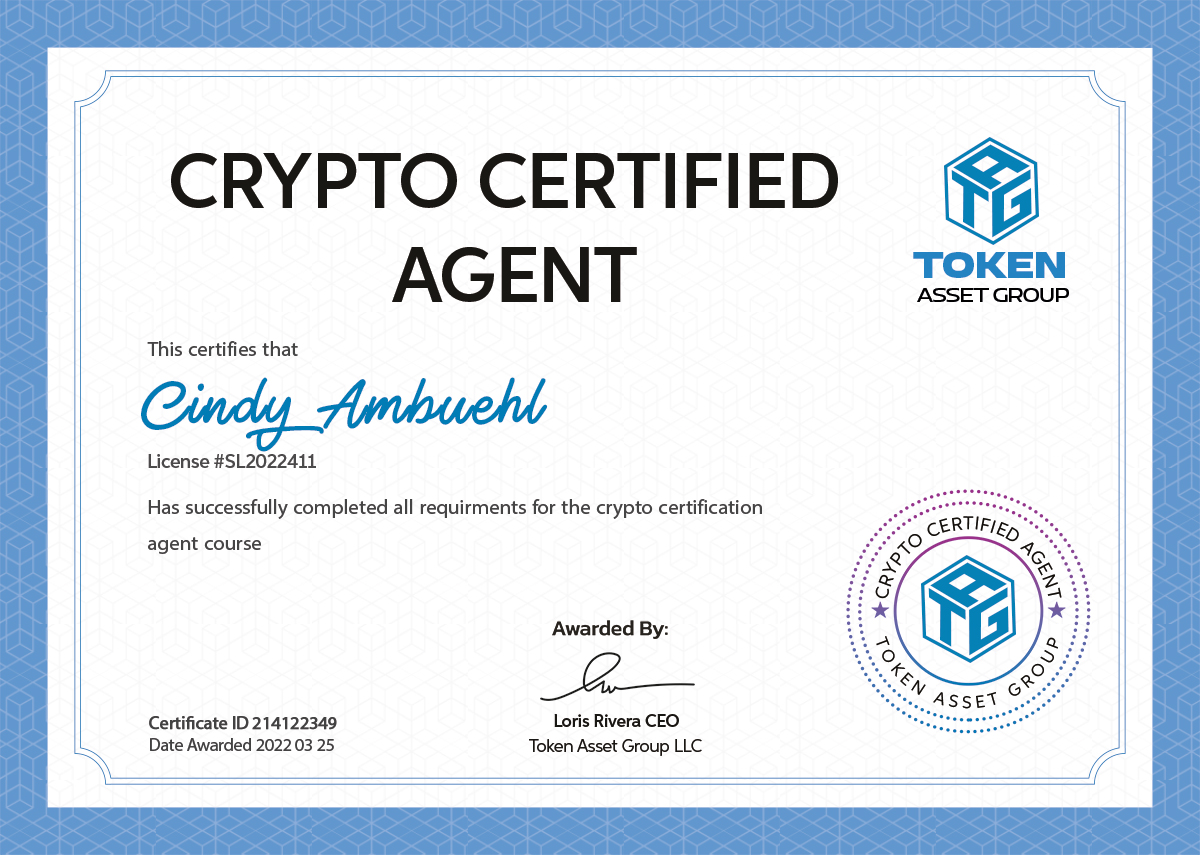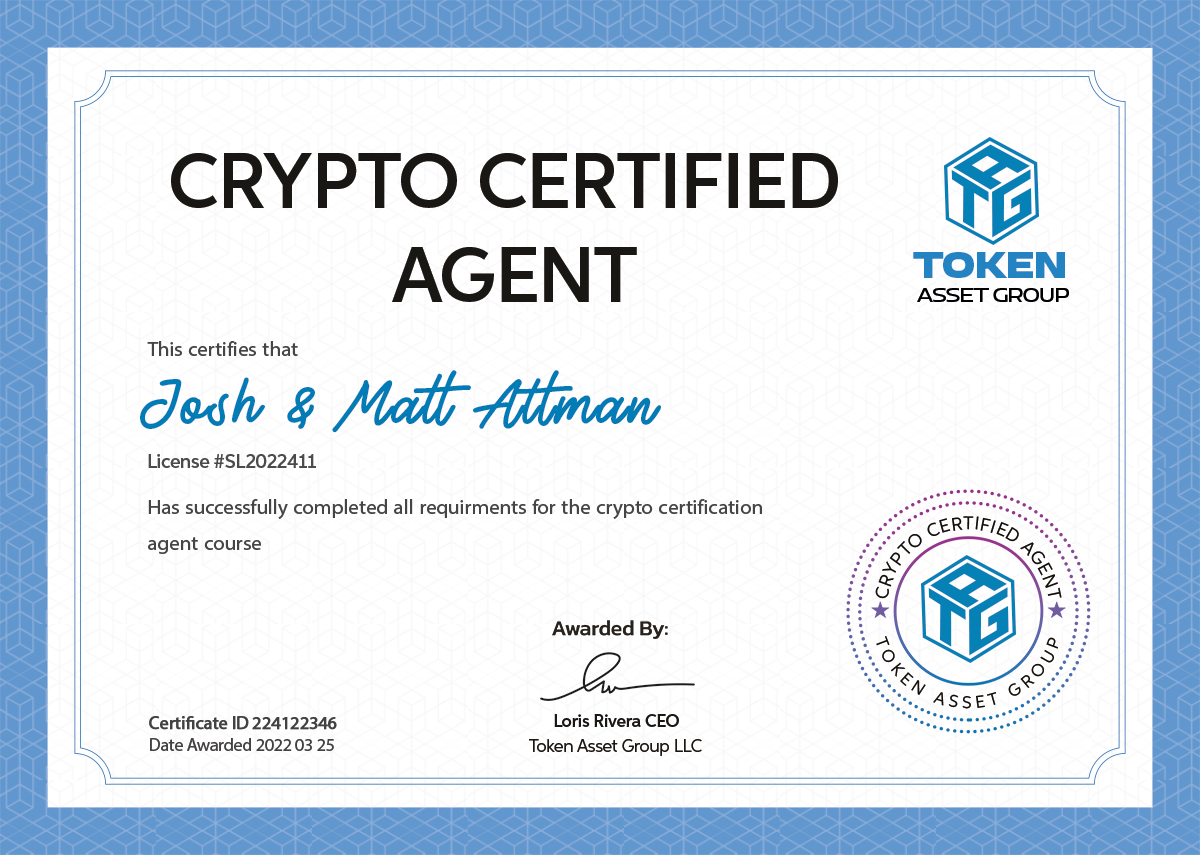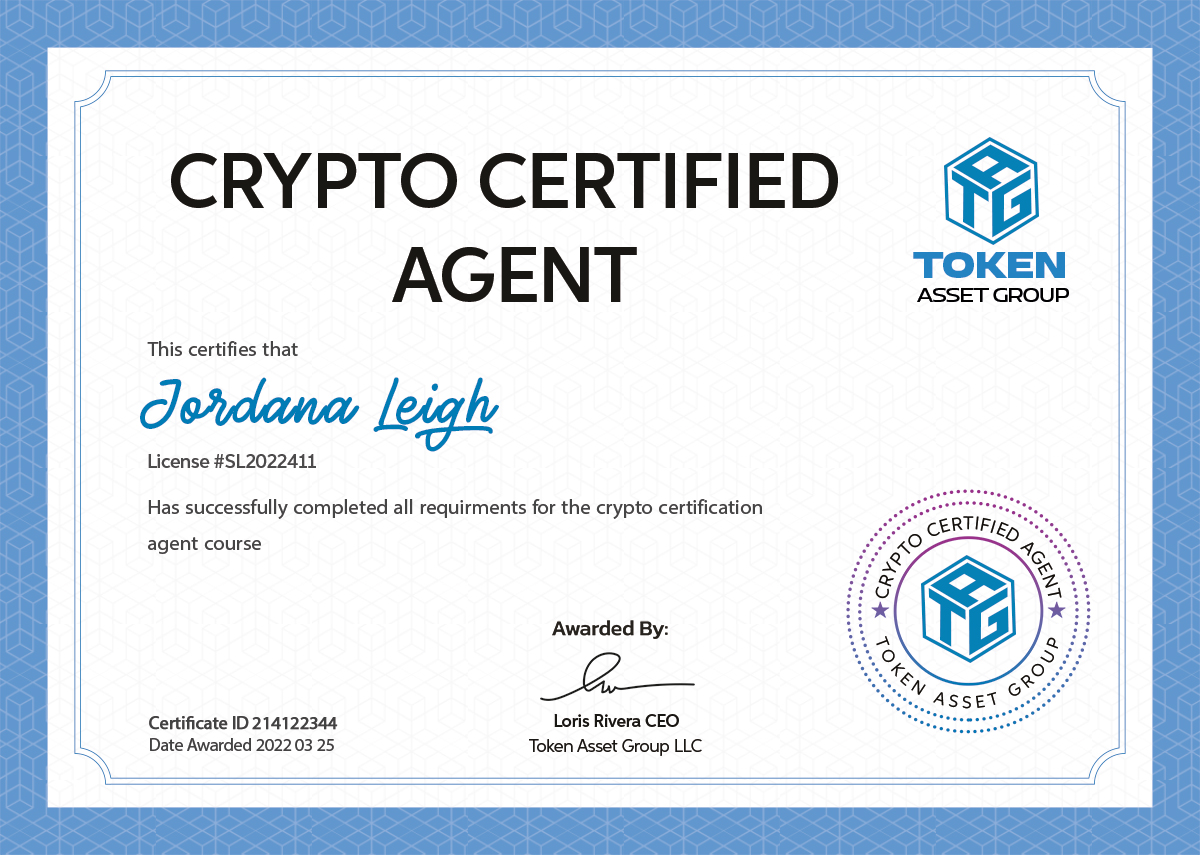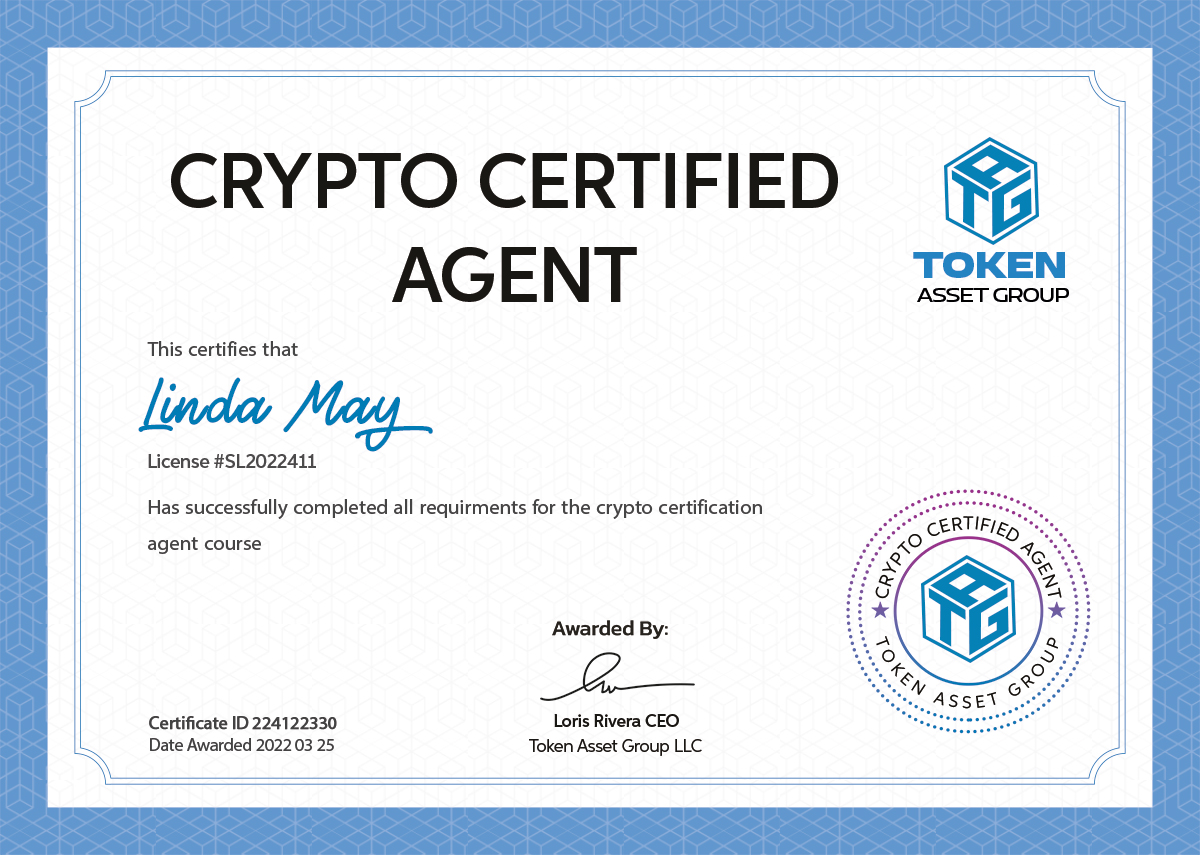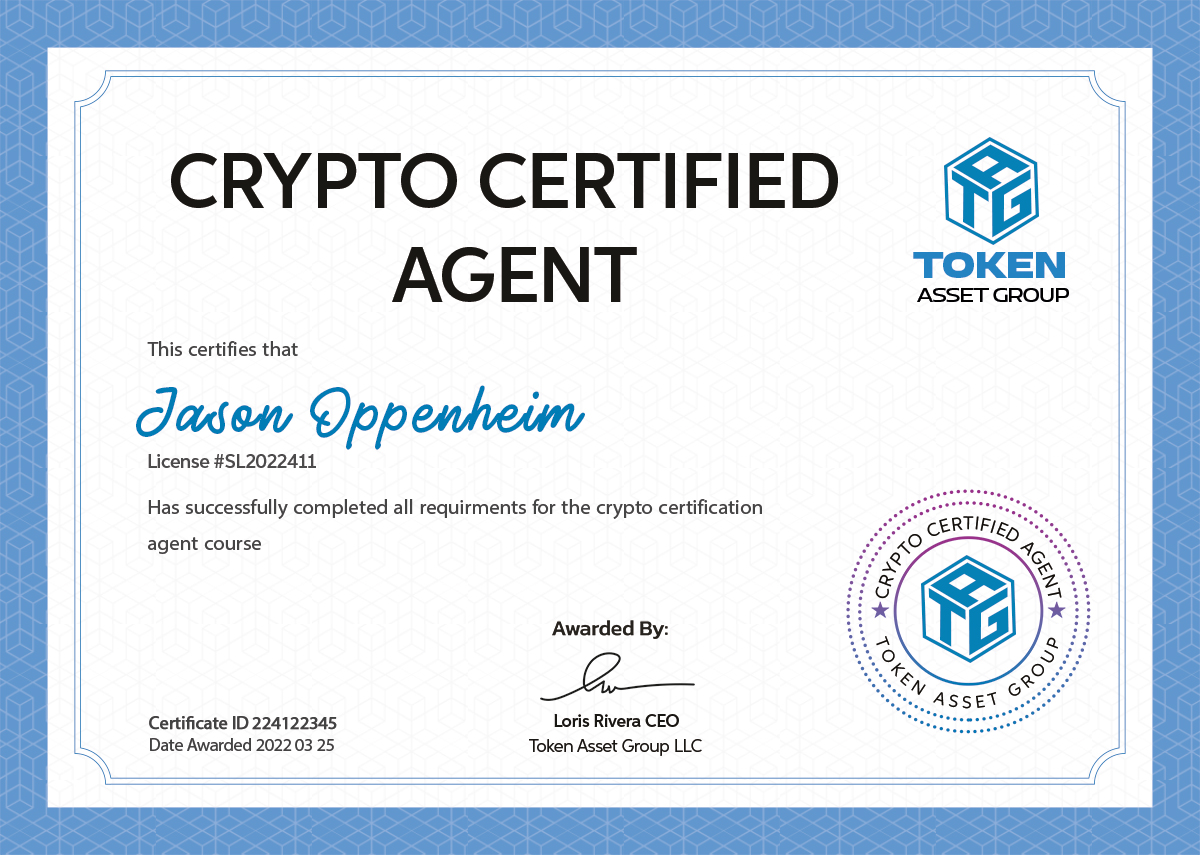With more than $340 million in sales, one of the Westside’s top brokers had to set aside the autobiography he’s been writing. “The market’s been on fire,” says Arana, who’s also two-for-two with his side hustle developing homes. He sold his first spec mansion to LeBron James in 2017 and in June sold another on Tigertail Road to heiress Petra Ecclestone for $23 million.
Making Sense of NFT and practical applications
NFTs, or digital assets like art that come with a sort of certificate of ownership, are fetching millions of dollars at auction. Meanwhile, McDonalds, Nike, Coca-Cola, Taco Bell, and Walmart are hoping to cash in by selling their own NFTs to sell exclusive items to their customers.
In response to this massive growth, both individual creators and firms as wide-ranging as retail, music, entertainment, consumer products, fashion, and more have begun actively exploring ways to engage with the world of NFTs.
Some sellers have opted to build their own NFT marketplaces, most have found that a partnership with a third-party platform is more feasible, as it can reduce upfront costs, offer access to a larger existing customer base, and provide valuable add-on services such as marketing, legal, and technical support.
What is an NFT marketplace?
In contrast to platforms such as Spotify and Netflix, which provide unlimited digital content for a subscription fee, NFT platforms are built around the idea that just like physical content, digital content too can be scarce — that is, limited in quantity — and can therefore be meaningfully owned and traded. These platforms leverage blockchain technology to verify the provenance of digital content, similar to how a traditional auction house might verify that a given work of art is in fact the original and not a replica, and some platforms even offer the ability to “burn” items, further reinforcing the concept of scarcity for these digital products. Blockchain-based transaction logs can also facilitate royalty attribution, automatically sharing a percentage of revenue from second-hand sales with the original creator every time the NFT is traded.
Streamlined platforms include services such as OpenSea and Rarible, which host both auctions and fixed-price sales for a wide variety of NFTs, and more closely resemble traditional platforms such as eBay, Esty, or Mercari. These marketplaces focus predominantly on enabling efficient transactions, often providing payment infrastructure to accept both credit cards and crypto payments in Bitcoin, Ethereum, and occasionally other specialty tokens. They offer minimal additional services, and because of their breadth, these platforms generally have fairly large and varied user bases.
What Does Tokenization Mean?
The arrival of blockchain has transformed the ways in which we invest in assets. How? Tokenization is the answer you are looking for here! It is the process of transforming ownership rights of an asset into a digital token. For example, you can transform an apartment worth $200,000 into a total of 200,000 tokens, with each token amounting to almost 0.0005% of the apartment’s value.
Basically, blockchain tokens provide a digital representation of complete or shared ownership for any entity having specific value. The common applications of blockchain tokens are evident in payments and settlement of transactions among participants. Tokens also provide representation for multi-party ownership for indivisible assets such as artwork or a music video. In addition, tokens also provide an easier exchange of ownership of indivisible assets through a blockchain network.
The tokenization blockchain combination could open new prospects for optimization of business processes, which include multiple partners, and introduction of new business models. According to the IDC, the global tokenized asset market would reach a valuation of $500 billion. Although you can notice promising opportunities for tokenizing assets on the blockchain, the concept of tokens didn’t start here.
As a matter of fact, tokens have been serving as a unique data security mechanism in financial services for safeguarding confidential information like credit card numbers, personally identifiable information and financial statements. The traditional tokenization example in financial services involved the transformation of sensitive information of users into the token.
